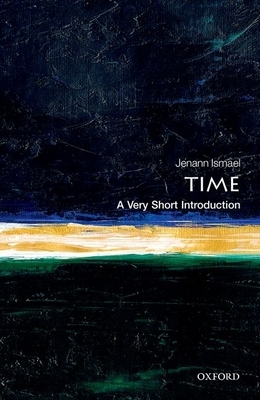What do you think?
Rate this book


144 pages, Paperback
Published January 3, 2022
“Time itself is just one dimension of a four-dimensional manifold of events.” (p. xv).
*
“Space and time are not themselves observable. And if there are certain kinds of imagined transformations that one could make—either to the world as a whole, or to a system of objects in the world—without detection, we don’t have a good reason for believing that those transformations change anything physically real.” (p. 14).
*
“...once we have the new framework [relativity], we are left to assimilate it philosophically and Einstein’s innovations did such violence to fundamental pieces of common sense that, as we will see in chapters to come, we are still coping with the fallout.” (p. 25).
*
“Einstein showed us how to put Newtonian mechanics and electromagnetism together in a way that accommodated the observed constancy of the speed of light, and the result was completely transformative of our understanding of time.” (p. 34).
*
“According to Einstein’s theory there is no such thing as gravity. All objects in space follow the straightest trajectories that are possible, but space itself is curved by the presence of matter so that objects following straight-line trajectories accelerate. As the physicist John Wheeler succinctly put it: ‘Spacetime tells matter how to move; matter tells spacetime how to curve.’” (p. 39).
*
“Not many years ago, the gap between the familiar time of everyday sense and time as it appears in the relativistic image seemed unbridgeable. I think that is no longer true.” (p. 81).
